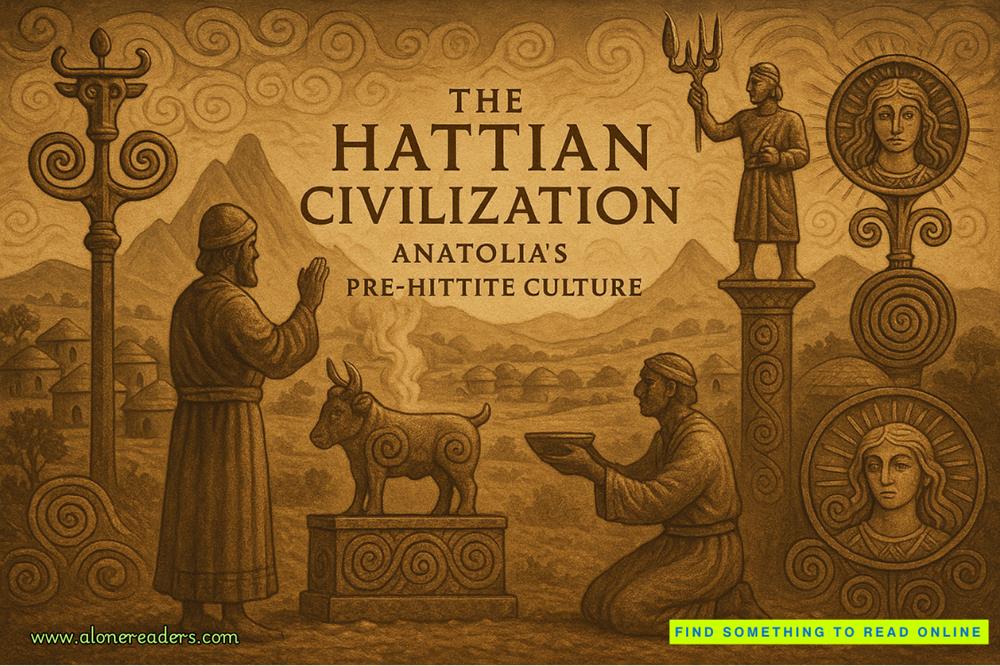Unease rippled through me. “Sure does, Doc. Not too many people know the details of the symbol. I just can’t see it being a copycat.”
I watched as he began writing the case numbers on stickers and affixing them to empty vials and plastic containers. “So when are you going to join the twenty-first century and get a printer to do that for you?” I asked, laughing.
He made a rude noise. “I’ll be glad to just get into the twentieth.” The morgue for the parish reflected the shockingly low budget that the office worked with. The space to perform the autopsies was loaned from an area hospital, which meant that maintenance issues were seldom addressed.
A couple of decades ago the walls probably had been white, but now they were a sickly beige mottled with stains and spots of dubious origin. When I’d first started attending autopsies, one of the morgue techs had warned me to wear gloves whenever I came into the autopsy room, since blood got everywhere and even leaning against a wall could be an exercise in contamination. After the first time I saw an autopsy and watched the bone dust scatter through the room during the skull-cutting portion, I’d taken the advice to heart and worn shoe covers and gloves every time I came in.
“Well, let’s get to it,” Doc said, standing and donning a blue plastic smock and disposable apron. Dr. Lanza was a slender man, about my height, with dark hair and eyes and a friendly smile beneath a distinctly Grecian nose. He was also incredibly experienced, having spent several years working for the coroner’s office in Las Vegas, as well as a few years in Houston. I wasn’t sure how the little podunk parish of St. Long had managed to snag someone with his credentials, but, like most everyone else, I wasn’t about to complain.
The room where the autopsies were performed looked like something out of a B movie from the forties. A metal table was flush against a long metal sink, with the body of the victim already laid out on the table, cleaned and ready for Doc to begin. The cutting board and the array of nightmare-inducing implements were set out neatly on the counter next to the sink—scalpel, scissors, a long knife, and other devices that I knew had friendly names like “skull-crackers.”
I stepped in and took a closer look at my victim—easier now, after she’d been cleaned up. Easier to see the damage that had been done to her, the torture she’d had to endure. With the blood and dirt washed off, I could see her features, see that she’d most likely never been accused of being beautiful, or probably even pretty. She had a hooked nose and weak chin and eyebrows that had never known the sting of waxing. Her eyes were a flat brown, but death could dull even the brightest of eyes. Her body was skinny in the legs and flabby in the midsection. I automatically glanced at the woman’s torso, looking for stretch marks or other outer signs that she’d had children, but it was impossible to tell amid the many parallel cuts. Doc would be able to tell with more certainty later on, after examining the cervix. Which would be worse, I wondered, for her to have had children and left them motherless, or to have no one to wonder what had happened to her, no close kin to care?
Carl snapped pictures of the body, starting with overall shots, then focusing in more closely on face and hands. The pictures of the injuries took a while, but I knew how important it was that all of this was documented thoroughly, and I didn’t mind waiting. Finally he unslung the camera and set it aside, then retrieved a syringe from the table by the sink. He glanced at me with a questioning look and the barest flicker of amusement in his eyes. “Ready to give it a try?”
He did this to me every time. It was the only evidence of a sense of humor I’d ever seen in the placid tech. “No way,” I replied, shuddering.
He twitched his shoulders in a shrug, then moved to the body and plunged the needle into the side of one eye. I cringed and stepped back as he slowly drew the vitreous fluid out, filling the syringe. Even though I knew that vitreous was very useful when running toxicology tests on the victims, it still gave me a shiver to see a needle stuck into an eye, and Carl loved to tease me about my squeamishness.
I turned away and looked at Doc. “Do you have an ID on her yet?” It was the office of the Coroner that was responsible for making identification and then the subsequent notification of next of kin, though of course law enforcement always worked hand in hand with them.
A pained expression crossed Doc’s face. “Not yet. We’ll take dentals and make a DNA card for comparison in case anyone comes forward, but Jill said that her prints didn’t come up with anything. If this is anything like the other Symbol Man cases, it’s going to be hard as shit to ID the victim.” He sighed. “And his previous victims were usually too decomposed to get prints from. We were lucky on this one, except for the fact that she’d never been arrested and wasn’t in the system.”
I echoed his sigh. “No missing-persons reports match her so far. She probably wasn’t somebody who was missed.”
“Just like the others,” said Doc. “What was it, twelve? Thirteen?”
“Thirteen. The skulls were sent to a forensic anthropologist at Tulane, who did facial reconstructions on all of them. IDs were made on four, so I guess it was worth the effort.” I’d spent several fruitless hours poring over the photographs of those clay faces, trying to see if there was any possible link between the victims, other than their social status.
My gaze traveled over the precise design of cuts in the woman’s skin. “All these cuts—could she have bled out from this?”
Doc took a gloved finger and probed one of the cuts. “Doubtful. None of them is very deep, but they would have hurt like shit.” He motioned toward the ligature marks on her neck. “We’ll probably find that the cause of death is strangulation. She’s got a ton of petechial hemorrhaging.” He pulled the lower lids of the woman’s eyes down to show the pinprick spots of blood inside the lid and in the eyes—a clear sign of strangulation. I could see similar pinprick marks all throughout the woman’s face and neck. I could also see the faintest prickles of arcane energy but so faded and fleeting that, if I hadn’t already known it was there, I would have likely missed sensing it.
“Go ahead and roll her,” Doc said to Carl. The morgue tech moved to the opposite side of the table and grabbed the woman’s wrist and hip, rolling her onto her side with a practiced yank so that Doc could examine her back. “Well … that’s interesting,” he said with a frown.
I peered at her back, trying to see what he deemed interesting. All I could see were more of the precise cuts amid the dark red lividity. I glanced at him to see if he was going to elaborate.
“There are injuries consistent with a fall.” He palpated the back of her head and then moved his hands down to her hips, taking hold of her pelvis and shifting it in a gruesome and unnatural manner. “From a considerable height, too, I’d say. Ten, maybe twenty feet or so. Looks like she landed mostly on her back and left side. Her pelvis is shattered. The back of her skull is a mess, and so is her shoulder.” He picked up Carl’s camera and snapped a series of pictures, while the morgue tech silently held the body on her side. Then Doc motioned for Carl to roll her back to a supine position.
“Was she still alive?” I asked. “Could that be the cause of death?”
He shook his head. “There’s some abrading of the skin, but there’s no bruising or swelling, so it was after she was already dead.”
I thought of the vats at the wastewater plant. Could the killer have carried the body up those stairs, hoping to dump her up there? Perhaps he’d dropped her? That could explain why this body had been so much easier to find. If he’d left her atop one of the vats, it might have been much longer before she was found.
Doc continued his perusal of her injuries. “Some of these cuts are healed or healing.”
I didn’t like the sound of that. “How healed? I mean, how long was he doing this shit to her?”
“A few days. Maybe a week.” He pointed to a section of her lower legs that was scabbed over. “I don’t think more than a week.”
Shit. “That’s a long time to be tortured.”
“And I have a bad feeling that we’re going to be seeing more of this,” he said, picking up his scalpel and beginning the Y incision. “I guess our boy is back in action after his little holiday.”
I grimaced in agreement as I backed a few feet away from the metal table—far enough to avoid accidental blood spatters but close enough to still be able to see if anything interesting or unusual was found. It was obvious that Dr. Lanza had performed several thousand autopsies. He had the torso Y-incisioned and filleted back in about half a minute. But once he got into the body, he was meticulous and thorough, cataloging trauma and irregularities with precision.
For some reason I felt incredibly comfortable around Doc. He was one of the few people around whom I didn’t feel ever so slightly inadequate. Maybe it was the way he talked to me like an equal, even though he had light-years more education, training, and experience. Or maybe it was because he was so incredibly patient when answering my questions about trauma and the human body, even when I knew the questions were stupid. He never acted as if the questions were silly, even when I could see as well as sense the other detectives rolling their eyes. He always gave me a patient and thorough explanation and then would tie the answer in to some aspect of whatever case I was working on.















